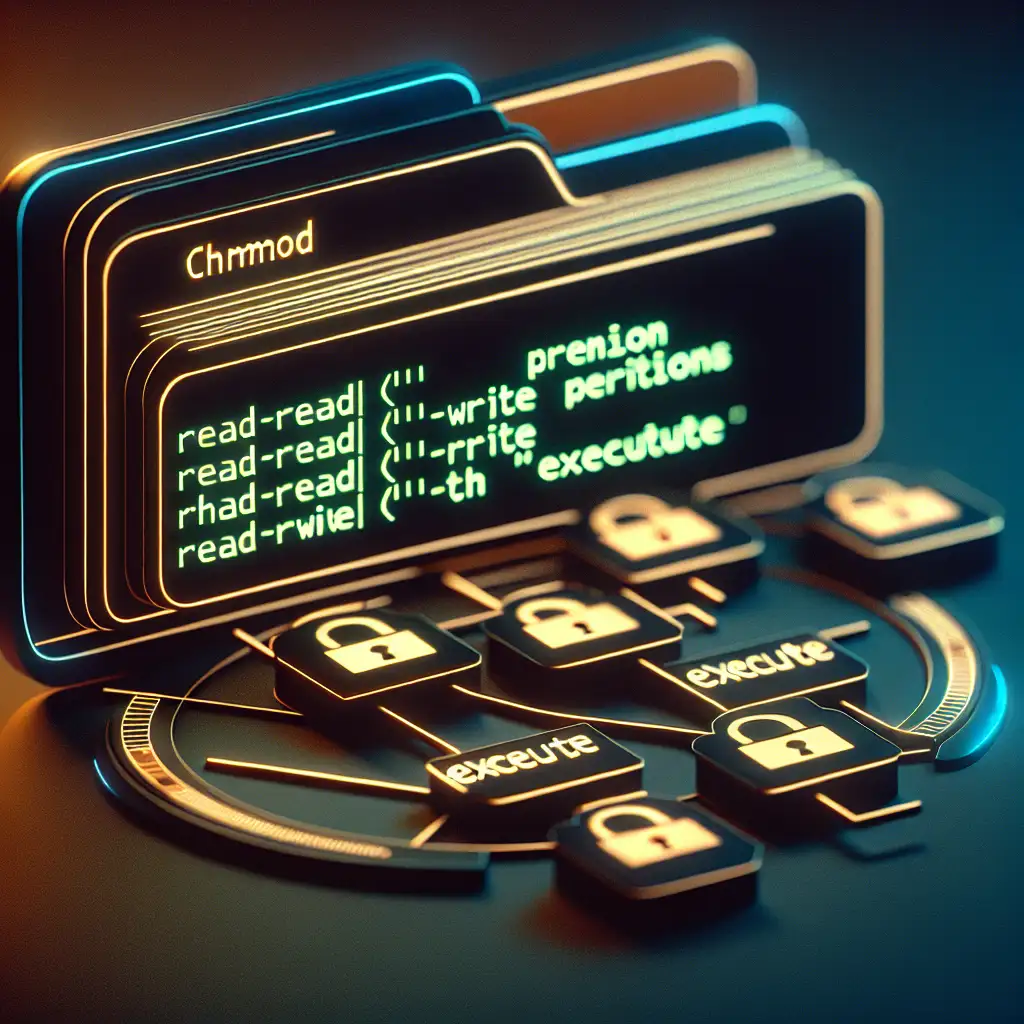Mastering chmod: How to Set Precise Permissions for Secure Linux Systems
In the realm of Linux system administration, controlling access to files and directories is foundational to maintaining security. Yet, even seasoned users occasionally stumble when setting permissions with chmod. An incorrect setting can either open the door wide for unwanted access or lock you out of your own files — both scenarios jeopardize your system’s integrity and productivity.
Most tutorials gloss over these fine details, leaving you vulnerable to subtle but dangerous mistakes. This post unpacks everything you need to know about wielding chmod with surgical precision. By the end, you’ll confidently set exactly the permissions required — no more, no less — ensuring sensitive data stays protected without hampering collaborative workflows.
Why chmod Matters
Linux uses a permission model based on three entities: user (owner), group, and others. Each entity can have read (r), write (w), and execute (x) permissions granularly assigned. The chmod command modifies these permissions using symbolic or numeric modes.
Properly applying chmod is critical in multi-user environments where different stakeholders need appropriate levels of access:
- Developers may require write access to shared code directories.
- Service accounts might only need execute permission on binaries.
- Sensitive config files should restrict access solely to root or admin users.
Understanding how to combine these permissions exactly prevents unauthorized data exposure and accidental file modifications.
The Basics of chmod
Symbolic Mode
Permissions are represented as characters:
r= readw= writex= execute-= no permission
Entities:
u= user (file owner)g= groupo= othersa= all (user, group, others)
Operations:
+add permission-remove permission=set exact permission (overwrites existing ones)
Example:
chmod u=rwx,g=rx,o=r file.txt
This makes the owner able to read/write/execute, group members read/execute only, and others read only.
Numeric Mode (Octal)
Each permission has a numeric value:
| Permission | Value |
|---|---|
| Read (r) | 4 |
| Write (w) | 2 |
| Execute(x) | 1 |
Add them per entity:
u g o
r w x r w x r w x
4+2+1 4+0+1 4+0+0
= 7 5 4
A common example:
chmod 754 file.txt
— User has full access (7), group has read/execute (5), others read-only (4).
Avoiding Common Pitfalls with chmod
Pitfall #1: Over-Permissive Settings
Often beginners use commands like
chmod 777 file.txt
which grants read/write/execute access to everyone. This can open up files or directories to malicious or accidental tampering.
Better approach: Limit permissions specifically based on who needs what.
Example: If only the owner needs full control and everyone else read-only:
chmod 744 file.txt
Pitfall #2: Locked-out Files
Setting overly restrictive permissions can block legitimate users or even yourself from accessing files.
Example: Accidentally removing all read permissions on a script you need to run:
chmod u=x,g=x,o=x script.sh # No read permissions — script cannot be opened or edited easily.
Always check what permissions are being set before applying them. Use dry runs or list current modes first:
ls -l script.sh
Advanced Examples: Setting Permissions with Surgical Precision
Example 1: Shared Directory for Developers
Imagine a project folder /srv/project that multiple developers belong to via a group called devs. You want:
- Owners can read/write/execute.
- Group members have full access too.
- Others have no access at all.
Set ownership and group first:
chown alice:devs /srv/project -R
Then set permissions using numeric mode:
chmod 770 /srv/project -R
This ensures anyone outside the group cannot even see files inside.
Example 2: Script With Execute Permissions Only for Owner
You have a script /usr/local/bin/deploy.sh, and only the owner should execute it; no one else should read or write it.
chmod u+x,g-rwx,o-rwx /usr/local/bin/deploy.sh
Or equivalently,
chmod 100 /usr/local/bin/deploy.sh
Check result:
ls -l /usr/local/bin/deploy.sh
# Output: -r-x------ 1 alice alice ...
Example 3: Sticky Bit on /tmp-like Directories
The sticky bit (t) on a directory allows users to create files but only delete their own within that directory — important for shared temp storage.
Set it as follows for /shared/tmp:
chmod 1777 /shared/tmp
ls -ld /shared/tmp
# drwxrwxrwt ...
The leading "1" sets the sticky bit.
Tips for Effective chmod Use
-
Preview Changes:
Always verify current permissions before changing by running:
ls -l filename -
Use Recursive Wisely:
Only apply recursive changes (
chmod -R) when sure all subfiles/directories require identical settings. -
Understand Special Bits:
SetUID (
4xxx), SetGID (2xxx), and Sticky bit (1xxx) can affect execution contexts—understand their implications before use. -
Combine chown with chmod:
Ownership matters alongside permission bits; setting correct owners/groups is essential for intended access controls.
Conclusion
Mastering chmod empowers you as a sysadmin or developer to enforce powerful security policies without hindering workflows. Precision is key — always tailor permissions explicitly, avoid blanket settings like 777, test changes carefully, and leverage symbolic or numeric modes depending on context and clarity.
With this knowledge in hand, your Linux systems will be secure yet flexible places where users get just enough access — no more, no less.
Have questions or tricky scenarios about chmod? Drop them in the comments below!
